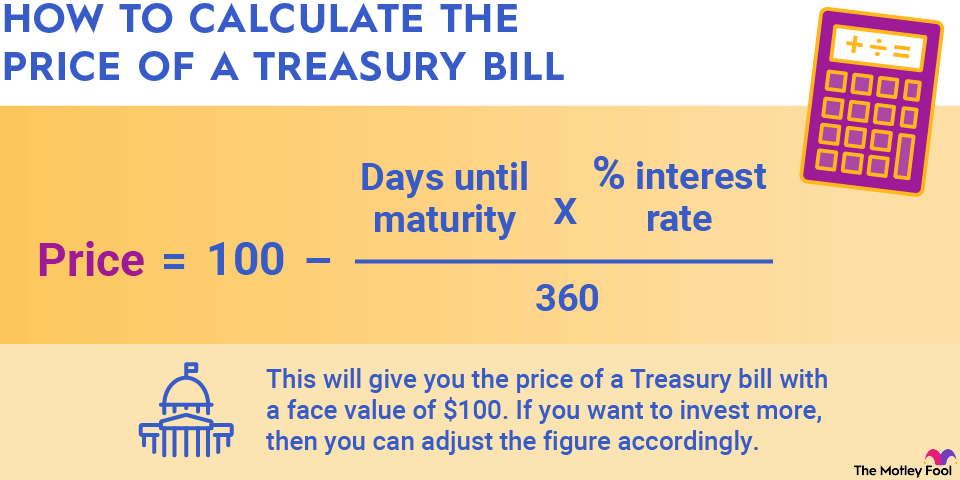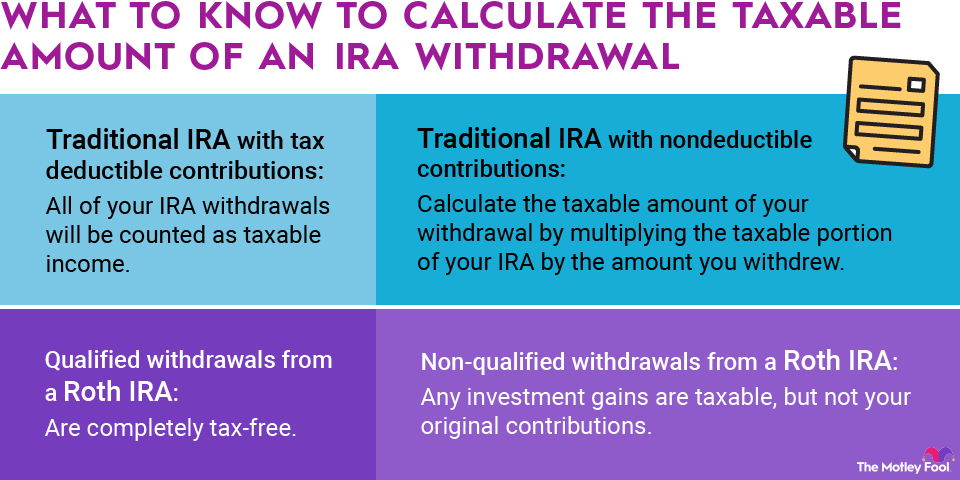Most investors are familiar with calculating return on investment, or ROI. It's one of the most-common metrics used to determine an investment's success or failure. You may not, however, be as familiar with operating income return on investment.
Operating income return on investment can be a useful tool to enhance your understanding of a company, which can pay big dividends for your investing.

Return on investment vs operating income return on investment
Calculating a return on investment for a stock is pretty straightforward. Simply divide your profit by your investment. Likewise, a company could use ROI to measure the effectiveness of a capital investment in a product, capital asset, marketing effort, or any other productive investment of their capital. The math is equally straightforward: just divide the profit generated from each investment by the initial capital outlay.
Making the jump from simple ROI to operating income return on investment requires a deeper look at a company's financial statement. Instead of using a company's profit in the calculation, we will use its operating income.
Operating income is a company's profits before taking into consideration expenses that are not directly related to the core business' performance. Operating income, therefore, includes just a company's revenues, its costs of goods sold, and its operating expenses, giving investors and managers a much clearer view of how the company is managing the key items it can control, without concern for tax and capital-structure issues beyond a manager's reach.
Many use operating income synonymously with a company's earnings before interest, taxes, depreciation, and amortization (EBITDA), which is an acceptable simplification, particularly when using for investment research.
The calculation and common uses
To calculate operating income return on investment, divide the company's operating income by its total operating assets, which you can find on its balance sheet.
For investors, this measure helps to show how a company's core businesses are performing, excluding financing activities, tax particulars, and so forth. That can be valuable when trying to evaluate a company's real earnings engine, instead of financial machinations used to boost short-term returns.
For managers within the company, operating return on investment is even more powerful. These managers can measure performance within specific divisions, departments, or subsidiaries, stripping away corporate items to measure exactly how well a team or product is performing on its own.
Related investing articles
ROI is very powerful, and operating income ROI is a handy supplement
Operating income return on investment is not going to replace the traditional ROI calculation in most cases. However, it is a useful tool for drilling down into a company's core. As an investor or manager, you won't use it every day; but over time, you'll be glad you have it in your toolbox.


















